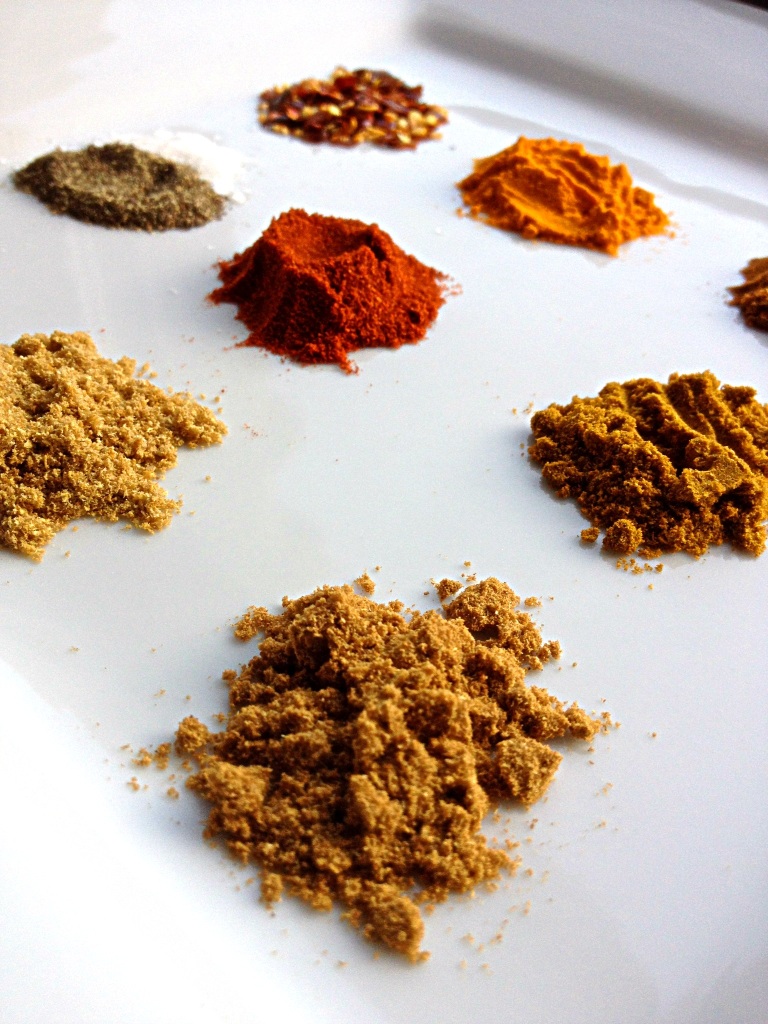
Like any great cuisine, there is an art and science to Indian cooking that dates back to ancient times. What’s the best way to understand the fundamentals of such a diverse cuisine in today’s busy world?
First, think of yourself as being adventurous. Within no time at all you will become a culinary artist, mastering your own painter’s palette of Indian spices, as shown in the photo above. You will learn how to mix and blend and flavor dishes beyond anything your kitchen has seen before. The great painters of old would typically hold a palette in one hand as it rested on the arm — so rather than be intimidated, see Indian spices as ancient paints imparting colors, hues, and shades of flavor as you enter a new world of artistry.
Second, not all Indian dishes are hot. I’m serious. Something that has great flavor doesn’t have to set your mouth on fire. Besides which, in any cuisine, there are only a few things that can add heat to a dish — some kind of chilli that is fresh or dried ( for example, cayenne; jalapeno; scotch bonnet) OR some kind of pepper (for example, black peppercorn). And those are only two elements among many, many other spices and herbs on your painter’s palette.
Third, not all Indian dishes are swimming in sauce. Some of my favorite Indian dishes are dry curries. See my Curried Black Eyed Peas over salad greens recipe.
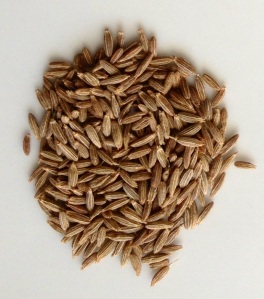
Cumin is common in many cuisines around the world. You might already have ground cumin powder in your cupboard for those days when you make chilli. Whole cumin seeds are a main staple in Indian cooking.
Indian Cuisine: 6 key tastes
There is a method to the madness when it comes to Indian cuisine. If you’ve ever wondered about why certain spices and herbs go into a particular dish and the role each one of them plays in creating the overall flavor profile, here is a general answer. There are 6 key elements of taste in every Indian dish according to the ancient scientific and holistic practice of Ayurveda, which suggests that pure, fresh ingredients are required to heal and maintain good health and must incorporate six tastes in every meal: sweet, sour, salty, bitter, astringent, and pungent.
- Sweet
- Sour
- Salty
- Bitter
- Pungent
- Astringent
Still seem complicated? Each taste is imparted from a different ingredient in a dish. Items in each group don’t necessary have to be literally sweet or bitter, it’s what it brings to the overall dish. Think of a simple chick peas curry, which contains chick peas, onion, garlic, ginger, cumin seeds, red chilli flakes, coriander, garam masala, turmeric, salt, and tomatoes. This is how it would stack up:
- Sweet (onions; chick peas)
- Sour (tomatoes)
- Salty (salt)
- Bitter (fresh cilantro)
- Pungent (garlic cloves; ginger root)
- Astringent (turmeric)
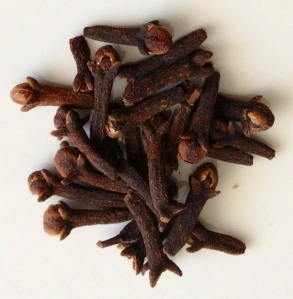
Whole cloves are another main staple in Indian cooking. If you buy a small bottle it will go a long way. Plus, you can use it to make things like mulled apple cider at Christmas.
Proportion of Spices Matter in Indian Cooking
Finally, the proportion of spices really matters. Unlike an Italian dish, where adding more dried basil will probably make the dish taste better, Indian spices have specific properties and flavors so if you add too much or too little, the dish can end up tasting bland and washed out, or way too strong and almost inedible. In the same chick peas curry dish, this is how it would stack up:
- Coriander powder (1 teaspoon) – if you add a little too much of this, it’s fine
- Cumin powder (1 teaspoon) – same with this
- Garam masala (1/4 teaspoon) – because garam masala is a blend of strong spices including cinnamon and cloves, you only need a little — if you put in too much, the dish can become overly strong in taste
- Turmeric powder (1/4 teaspoon) – a little turmeric goes a long way, in both smoky flavor and gorgeous golden color
- Red chilli flakes (1/4 teaspoon) – this all depends on your tolerance for heat!
- Salt (1 teaspoon) – in an average curry that serves 4 people you typically need no more than 1 teaspoon of salt
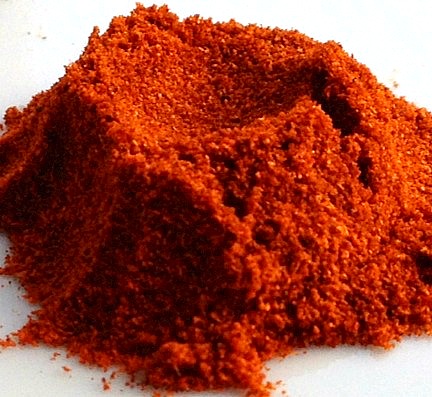
Ground paprika is quite common in many cuisines, particularly in Europe. You might already have this in your cupboard for making stews, goulash, or sprinkling on deviled eggs.
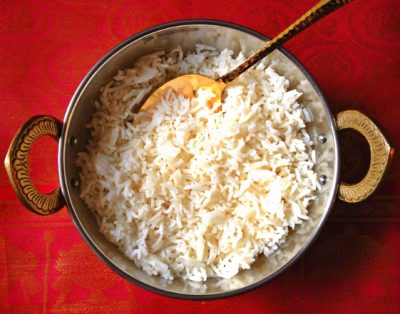


Thank you for explaining this so well! Excited to get into the kitchen and learn more <3
Hello Shan!
You’re most welcome! Have you made anything yet? Have fun in the kitchen and do let us know if you make anything from Big Apple Curry! And of course, if you have any questions or need help, just say the word!
With warmest wishes,
Ina
Thank you for helping me learn more about Indian cooking. It’s nice to know that Indian spices have specific flavors so it’s important to make sure it’s used the right amount. I’m kind of interested if the amount of spices needed could depend on the dish or if depends on the combination of ingredients that are used.
[…] Since there are so many types of biryani and I do lose track in the biryani maze. But after making it for a few times, I come to realize that it doesn’t matter what type of biryani, the most important part is the taste. You will have many many combination of spices to make the biryani uniquely but at the same time, enjoyably to eat. In biryani and every other Indian food, there are a simple rule to follow which is the food must include these tastes: sweet, sour, salty, bitter, astringent, and pungent. OK, not simple actually. But once you get hold of this, it is enjoyable and fun to work around the spices and other ingredients to achieve the balance of the six tastes. You can read more about it here. […]
[…] https://bigapplecurry.com/indian-cooking-toolkit/art-of-indian-cooking/ […]